- Mysteries of the Kingdom of Shambhala.
- Kingdom of Shambhala - The Most Mysterious Land Of Wonders in the Himalayas.
- Shambhala, which is a Sanskrit word meaning “place of peace” or “place of silence”, is a mythical paradise spoken of in ancient texts, including the Kalachakra Tantra and the ancient scriptures of the Zhang Zhung culture which predated Tibetan Buddhism in western Tibet.
- According to legend, it is a land where only the pure of heart can live, a place where love and wisdom reigns and where people are immune to suffering, want or old age.
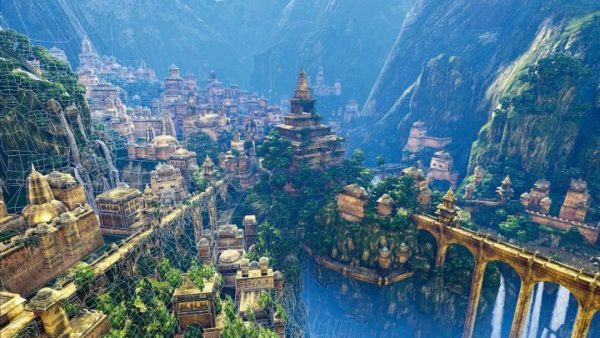
Shambhala is said to be the land of a thousand names. It has been called the Forbidden Land, the Land of White Waters, Land of Radiant Spirits, Land of Living Fire, Land of the Living Gods and Land of Wonders. The Hindus call it Aryavartha (‘The Land of the Worthy Ones); the Chinese know it as Hsi Tien, the Western Paradise of Hsi Wang Mu; and to the Russian Old Believers, it is known as Beloved. But throughout Asia, it is best known by its Sanskrit name, Shambhala, Shamballa, or Shangri-la.
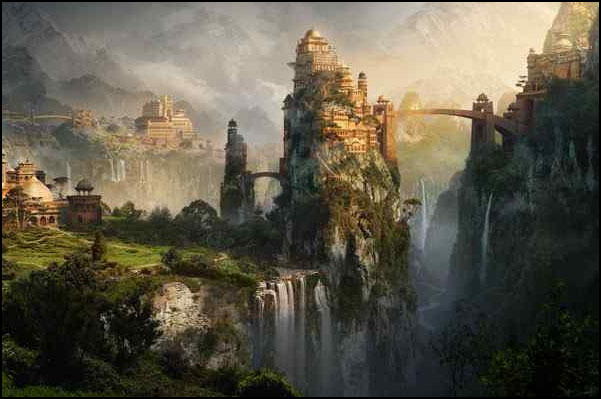
The legend of Shambhala is said to date back thousands of years, and reference to the mythical land can be found in various ancient texts. The Bön scriptures speak of a closely related land called Olmolungring. Hindu texts such as Vishnu Purana mention Shambhala as the birth place of Kalki, the final incarnation of Vishnu who will usher in a new Golden Age. The Buddhist myth of Shambhala is an adaptation of the earlier Hindu myth. However, the text in which Shambhala is first discussed extensively is the Kalachakra.
The Kalachakra refers to a complex and advanced esoteric teaching and practice in Tibetan Buddhism. Shakyamuni Buddha is said to have taught the Kalachakra on request of King Suchandra of Shambhala.
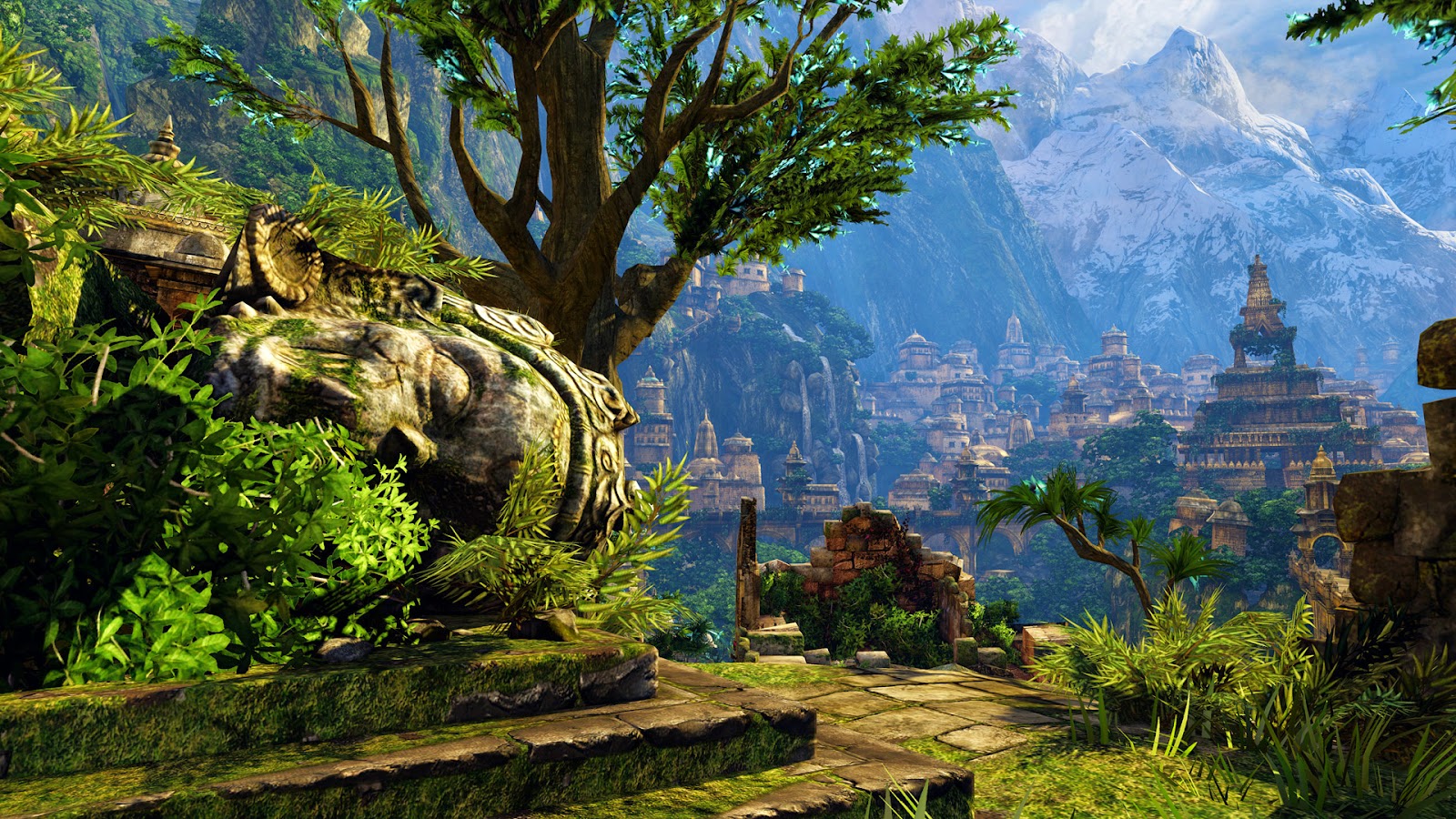
As with many concepts in the Kalachakra, the idea of Shambhala is said to have outer, inner, and alternative meanings. The outer meaning understands Shambhala to exist as a physical place, although only individuals with the appropriate karma can reach it and experience it as such. The inner and alternative meanings refer to more subtle understandings of what Shambhala represents in terms of one's own body and mind (inner), and during meditative practice (alternative). These two types of symbolic explanations are generally passed on orally from teacher to student.
As the 14th Dalai Lama noted during the 1985 Kalachakra initiation in Bodhgaya, Shambhala is not an ordinary country:
Although those with special affiliation may actually be able to go there through their karmic connection, nevertheless it is not a physical place that we can actually find. We can only say that it is a pure land, a pure land in the human realm. And unless one has the merit and the actual karmic association, one cannot actually arrive there.
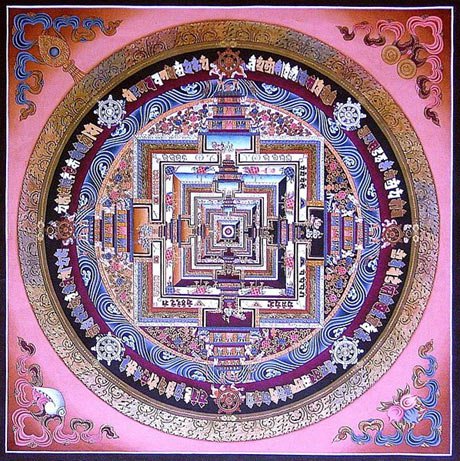 |
| A Buddhist depiction of Shambhala from Sera Monastery |
The Prophecy of Shambhala
The concept of Shambhala plays an important role in Tibetan religious teachings, and has particular relevance in Tibetan mythology about the future. The Kalachakra prophesies the gradual deterioration of mankind as the ideology of materialism spreads over the earth. When the “barbarians” who follow this ideology are united under an evil king and think there is nothing left to conquer, the mists will lift to reveal the snowy mountains of Shambhala. The barbarians will attack Shambhala with a huge army equipped with terrible weapons. Then the king of Shambhala will emerge from Shambhala with a huge army to vanquish "dark forces" and usher in a worldwide Golden Age.
Though the Kālachakra prophesies a future war, this appears in conflict with the vows of Buddhist teachings that prohibit violence. This has led some theologians to interpret the war symbolically – the Kālachakra is not advocating violence against people but rather refers to the inner battle of the religious practitioner against inner demonic tendencies.
Shambhala’s hidden location
Over many centuries, numerous explorers and seekers of spiritual wisdom have embarked on expeditions and quests in search of the mythical paradise of Shambhala, and while many have claimed to have been there, no one has yet provided any evidence of its existence or been able to pinpoint its physical location on a map, however most references place Shambhala in the mountainous regions of Eurasia.
Ancient Zhang Zhung texts identify Shambhala with the Sutlej Valley in Punjab or Himachal Pradesh, India. Mongolians identify Shambhala with certain valleys of southern Siberia. In Altai folklore, Mount Belukha is believed to be the gateway to Shambhala. Modern Buddhist scholars seem to conclude that Shambhala is located in the higher reaches of the Himalayas in what is now called the Dhauladhar Mountains around Mcleodganj. Some legends say that the entrance to Shambhala is hidden inside a remote, abandoned monastery in Tibet, and guarded by beings known as the Shambhala Guardians.
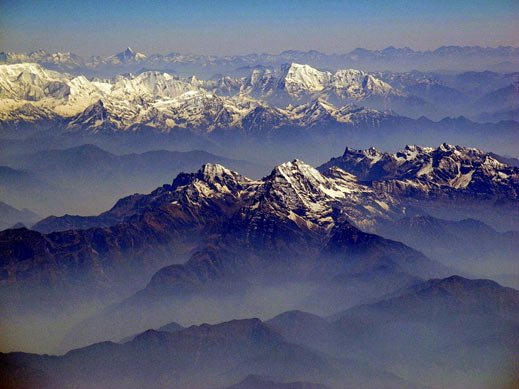 |
According to Buddhist traditions, Shambhala is located in the Himalayan Mountains.
|
For some, the fact that Shambhala has never been found has a very simple explanation – many believe that Shambhala lies on the very edge of physical reality, as a bridge connecting this world to one beyond it.
While many disregard Shambhala as the fanciful subject of myth and legend, for others, a belief in Shambhala stirs an inner yearning to one day find this utopian kingdom.
DK, Kalachakra, and Shambhala - Talk by David Reigle at the University of the Seven Rays
Scholar David Reigle focuses on Kalachakra and shows the connection between the teachings of Djwhal Khul, known as the Tibetan Master DK, and his teachings in the Alice Bailey books and how they are connected to Kalachakra and Shambhala. David states that approximately three-fifths of the Kalachakra system's subject matter are presented by the Tibetan Master DK in his esoteric books for Westerners with Alice Bailey. DK said that the teachings on Shambhala found in his books are the most important of all the truths he transmitted. Kalachakra, as the teaching coming from Shambhala, is historically considered to be some of the deepest of Buddhism's esoteric teaching. His Holiness the Dalai Lama is giving the Kalachakra for World Peace Initiation in Washington, DC, July 6-16, 2011.
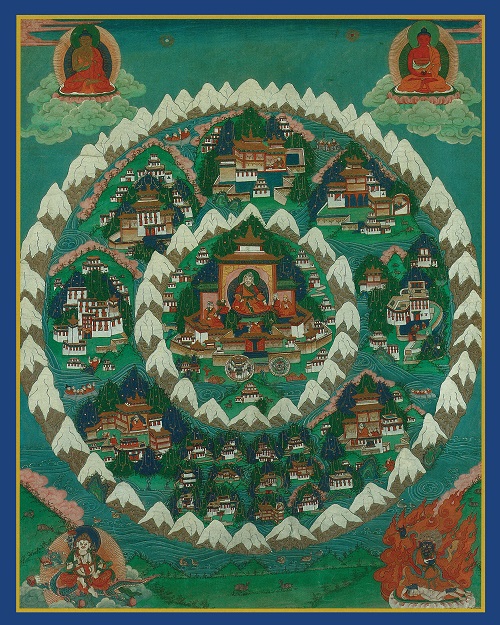 |
| The Kalachakra Tantra is one of the most esoteric Tibetan teachings, associated both with successive |
Dalai Lamas and with the Panchen Lamas. The version of the Tantra as we have it is usually ascribed to Lobsang Palden Yeshe (1738-1780) who is called by Europeans the third Panchen Lama and by Tibetans the sixth. He was so fascinated by the search for Shambhala himself that he asked George Bogle, the British envoy who visited him from India on behalf of the British Governor, Warren Hastings, to find out on his return to Bengal what the pundits there knew about Shambhala. However, the Kalachakra Tantra is much older than the 18th Century. That remarkable Hungarian scholar, Alexander Csoma de Koros, who traveled from Hungary on foot to Tibet early in the 19th century to study the origins of his people, reports that he was told the Kalachakra Tantra had been transmitted from Shambhala to Tibet and to India about 965 A.D.
The message of the Kalachakra Tantra cannot, however, be dated. It is, in essence, time-less and the whole teaching is about how to use a knowledge of the wheel of time (chakra means "wheel" and Kala "time") to get out of time, and thus escape decay and death which are the inevitable lots of all creatures caught in time. The way out lies through the centre, in the timeless hub which is totally empty and still, and around which everything in manifestation and time moves. It moves more and more violently as we leave the centre and are thrown to the circumference of the wheel of life, just as the wheel of the cart moves, the axle alone remaining still. All beings and all life can be placed somewhere on the wheel. All traditions are its converging spokes. At the centre there are no more labels, no more words, only stillness and silence; but this is not emptiness as those on the rim imagine the void to be. At the centre (and only there) is the plenitude of being and joy we can call life.
Shambhala then can be seen from the Kalachakra Tantra teaching as the abode of those who have found their way to the centre. It is quite literally a time-less place and, since space-time is a continuum, must therefore also be a place-less place. It stands above history because it stands out of time. We have already seen that it is associated with the beginnings of Tibetan history so we should not be surprised to find that it also has a role at the end of history - alpha and omega. For at the end of this cycle of time the great Tibetan warrior-hero King Gesar (Kaiser, Caesar) of Ling is due to ride forth again with all his troops from Kalapa, the capital of Shambhala, to re-establish, in all its original purity and force, the reign of Dharma, that is, of the Buddha's primal teaching which has through the course of history become tarnished and distorted.
The capital city of the country called Shambhala is here given as Kalapa. This is an interesting Sanskrit term meaning "that which holds single parts together," like a "bundle or quiver of arrows," or "the bells strung around a woman's waist." Yes, indeed; that is what it means to have a center, a point of reference to which everything is related, the glue without which all the little fragments of understanding we have gathered remain fragmentary, not a hole, not holy. Therein lies the difference between information and knowledge, between a string of facts and the understanding to hold them together.
Source: https://funalive.com/articles/kingdom-of-shambhala-the-most-mysterious-land-of-wonders-in-the-himalayas_vjG.html?
No comments:
Post a Comment